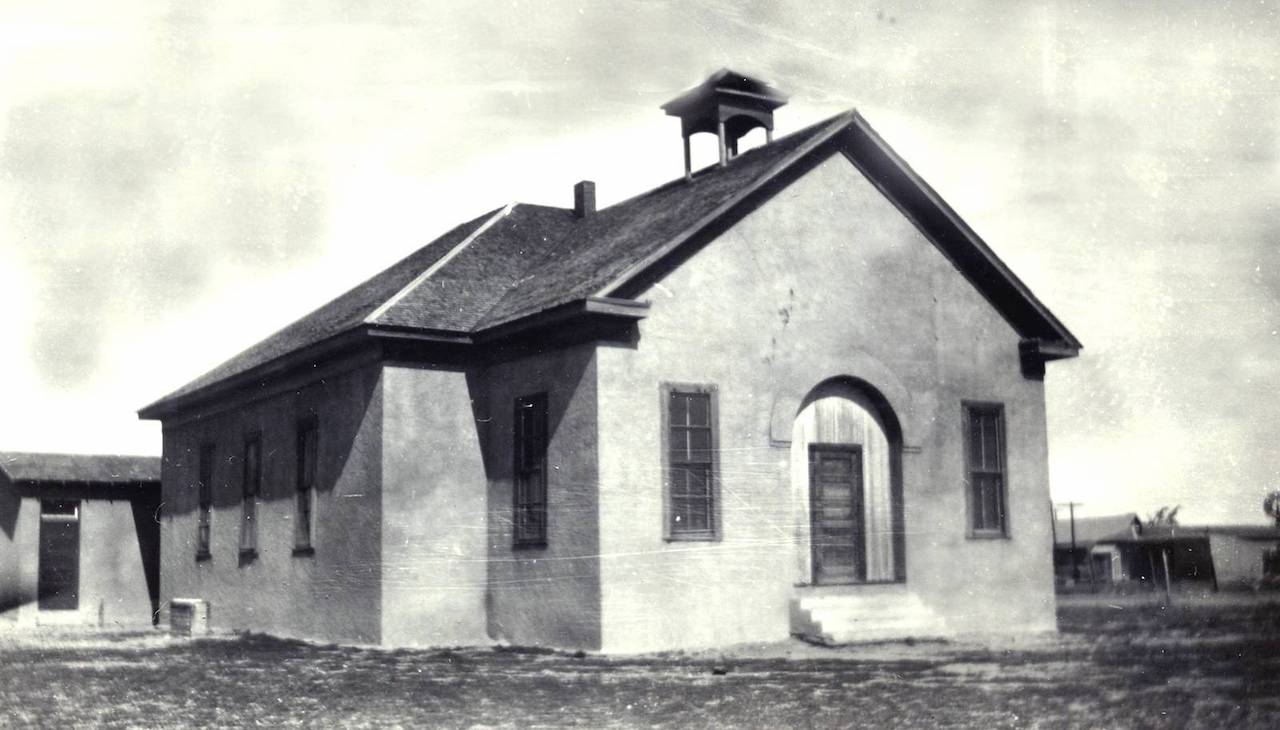
Remembering the Blackwell School as it becomes the latest U.S. National Park
The president signed the bill on Oct. 17, after Congress initially approved the bill Sept. 30.
On Monday, Oct. 17, President Biden officially signed The Blackwell School National Historic Site Act into law, after Congress initially approved the bill back on Sept. 30. The bill will designate the half-acre school campus in West Texas as one of the first national parks in the country that will tell the modern history of the Latino community.
It will also in part further explore the decades history of school segregation of Mexican-Americans across the southwest.
“What is so inspirational about the Blackwell School National Historic Site is that this story could have ended entirely differently. Given some of the painful memories of discrimination and segregation that linger in this three-room schoolhouse, alumni would have been well within their rights to let it crumble into ruin. After all, that has been the fate of many such segregated schools and other difficult pieces of American history.“ said Theresa Pierno, President and CEO for the National Parks Conservation Association.
From 1909 to 1965, Mexican-American children attended the Blackwell school, which was infamous for its strict education practices and harsh punishments. At the time, there were no official laws that explicitly called for the separation of Latino children from going to school with their white counterparts, but school districts across the state created separate elementary schools for Mexican-American, creating de facto segregation.
“The promise of equality for Americans of Mexican descent in our country’s southern borderlands has long been a hollow one,” said Gretel Enck, President of the Blackwell School Alliance.
In addition to the segregation of Mexican-American children, they were also given outdated textbooks and inadequate school equipment as well as in some instances, punished for speaking Spanish at school.
At the school located in Marfa, Texas, teachers made students write “Mr. Spanish,” on pieces of paper to which then they would hold a mock funeral for their native language that included burying a coffin with those same pieces of paper on the school’s campus.
“Learning to forget is forgetting to learn, and what I mean is that at the Blackwell School we were forbidden to use our Spanish language.” said Jessi Silva, Blackwell School alumna and founding Blackwell School Alliance Board Member. “And a lot of us forgot our language and didn’t want our children to speak Spanish. But also today, we are in danger of forgetting our history. The Blackwell School is part of our history, in Marfa and beyond. And now we see how it is bringing people together, learning the good and the bad.”
The initial bill was first introduced and championed by Texas Republican Sen. John Cornyn, in collaboration with California Democratic Senator Alex Padilla. The bill is the result of work over the course of years by Blackwell alumni to preserve the school’s history and their personal and painful history with it.
RELATED CONTENT
“As we celebrate today’s signing of the Blackwell School National Historic Site Act, we honor the stories of the students who were painfully impacted by de facto segregation and discrimination against Mexican Americans during that period of history,” said Padilla.
The Blackwell School was named after their longtime principal Jesse Blackwell. During his tenure, he oversaw the growth of the school, which went from originally just one building with 120 students in 1922 to a multi-building campus that had over 600 enrolled students at its peak in the 1940s.
The children were taught English, which was a first for those Latino children just as Spanish was being purged out of them. Students were officially banned from speaking Spanish on school grounds in 1954 and any violators would be hit by the teachers with paddles.
The school closed with the integration of Marfa’s district.
The old school building now stands as a keystone of Mexican heritage and history in the town of Marfa. Many of the Blackwell alumni and their descendants still currently live and work in the town of just under 2,000 residents.
The Blackwell School Alliance along with its partners, which oversee the preserving and restoring of historic resources associated with the Blackwell School, have also spearheaded the movement to make the school a National Park. Aside from the Blackwell School, the only other National Park that honors Latino and Mexican-American history in the United States is the César E. Chávez National Monument in California.











LEAVE A COMMENT: